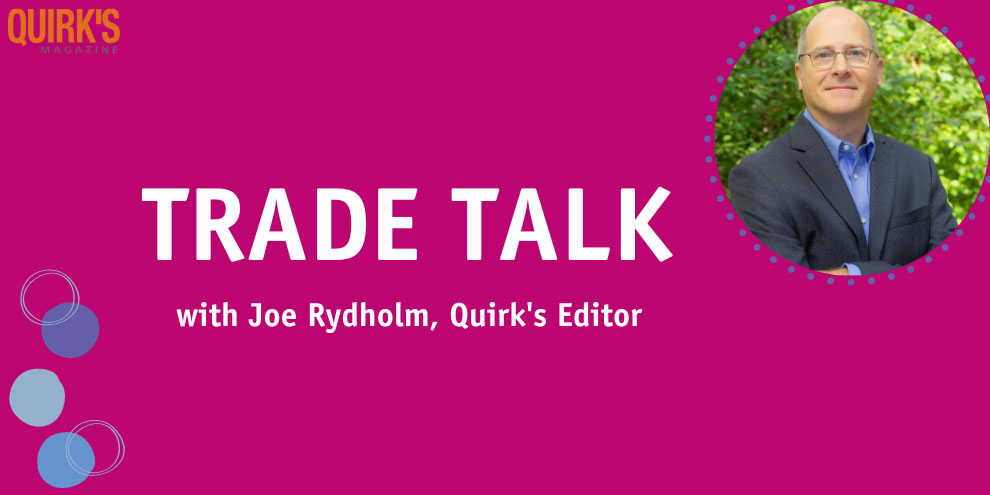Editor's note: Joe Rydholm can be reached at joe@quirks.com.
It’s only been four years but in some ways it feels like a lifetime ago. Our March 2020 Quirk’s Event in Brooklyn was the last large-scale gathering in the marketing research industry before COVID-19 forced everyone to isolate. I remember the nervous energy among all of us there, wondering how real the threat of a pandemic was, joking about bumping elbows together in lieu of handshakes, many of us praying it would all blow over after a while.
How wrong we were! For insights workers, the use of in-person research cratered and we all embraced any and every digital tool for meeting and gathering in order to keep doing our jobs.
Thankfully, most aspects of our lives have returned to some sense of normalcy. Conducting in-person research, for example, no longer means risking one’s life. But as our cover story in this issue shows, echoes of the pandemic persist.
The ability to work remotely was essential while COVID-19 was rampant and so many companies and employees found value in it that working from home has both reshaped the commercial office space industry and changed the way people view what it means to commute to their jobs.
For some, remote work has ended up feeling too remote. In their article “Out in the cold,” authors Florian Groth and Rieke Burfeind chronicle their conversations with 14 fellow vendor-side qualitative researchers between the ages of 20 and 35 about how working from home has negatively impacted their careers and, in some cases, even caused them to consider leaving marketing research altogether.
Missing out on the in-office experience, these researchers say, has stifled their ability to learn and grow and kept them in a kind of digital dungeon where the coveted in-person qualitative work goes to senior researchers while they are stuck with run-of-the-mill online-based qual tasks.
There’s no mention of whether they have raised any of their concerns with agency management (one would hope so!) but their “digital bad; in-person good” viewpoint also came to mind after reading another article in this issue – “Survey (kinda) says” – in which the authors examine using AI to create synthetic research data.
Generating synthetic responses is certainly in its early days and I understand the excitement around it, even though I have to admit I still don’t get how responses that are like real responses are any better than fraudulent ones. But, after moderating a session on survey fraud and data quality from dtect in our early-February Quirk’s Virtual event (“Elevating data quality: Catching survey fraud before it starts”) and seeing how fraudsters’ ability to generate fake open-end responses using AI is likely only going to get more refined, I again started feeling like there are a lot of benefits to being able to share the same air as the person you are interviewing for your research project.
Yes, I’m aware that focus group respondents can lie their way into a study or that their answers may be performative or otherwise inauthentic but you can at least see and hear that they are human beings as opposed to a PC in a survey farm somewhere in Asia. And yes, I get the difference between quantitative and qualitative research!
Where am I going with all this? All of the examples I’ve cited here have me thinking a lot about the value of physical presence – especially since we’ve kicked off our annual slate of Quirk’s Events – with gatherings in Dallas (February 28-29), Chicago (March 26-27), London (May 8-9) and New York (July 17-18).
Circling back to the COVID-19 days, I can still feel the electricity and the elation that accompanied our first post-pandemic Quirk’s Events, when it was again safe to laugh and talk in close proximity. The virtual events we staged throughout 2020 and into early 2021 were great – there’s no denying the merits of digital – but it was truly a joy to be there in-person.
